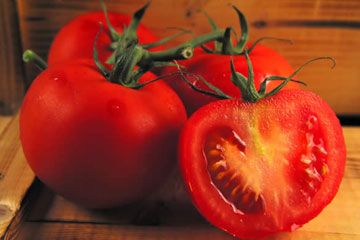Home gardening is a popular hobby, particularly among today's cash-strapped families. Whether you chalk it up to a desire to avoid pesticides or save money on expensive store-bought produce, the end result is worth the effort. Tomatoes are so versatile that the fruit has become a popular staple in home gardens everywhere. Even if your crop is more abundant than you anticipated, there's always something that can be done with the extras. Tomatoes can be eaten sliced with just a dash of salt, used as a topping in all variety of sandwiches, turned into sauce or salsa or preserved for a later date.
Although tomatoes purchased at the grocery store can certainly be pricey, growing them at home is extremely cost-effective and not at all difficult. There are some bugs and other problems (like crazy weather) that can get in the way of a successful crop, but don't let that deter you from giving it a shot! Of course, tomato plants are easily purchased at nurseries around town for little more than the cost of a sack of supermarket tomatoes. Then, all you have to do is plant and maintain them until the fruits of your labor turn a succulent, bright red. In fact, tomato plants are generally so low maintenance that they make excellent first plants for young children interested in learning about the gardening process.
Advertisement
Once you reap a harvest of your own, you can forgo purchasing tomatoes next season. Simply save your seeds until springtime approaches! If the idea of growing anything from seed is daunting, rest assured that tomatoes are classified as "beginner"-level seeds, as are those for peppers, peas, lettuce and beans. By contrast, corn, cucumber, spinach and cabbage seeds, among others, are more difficult to harvest and save appropriately.
If harvested and stored properly, tomato seeds have the potential to last up to five years. Keep reading for easy steps that'll get you on the road to reaping your own bumper crop of nutritious tomatoes.
Advertisement



